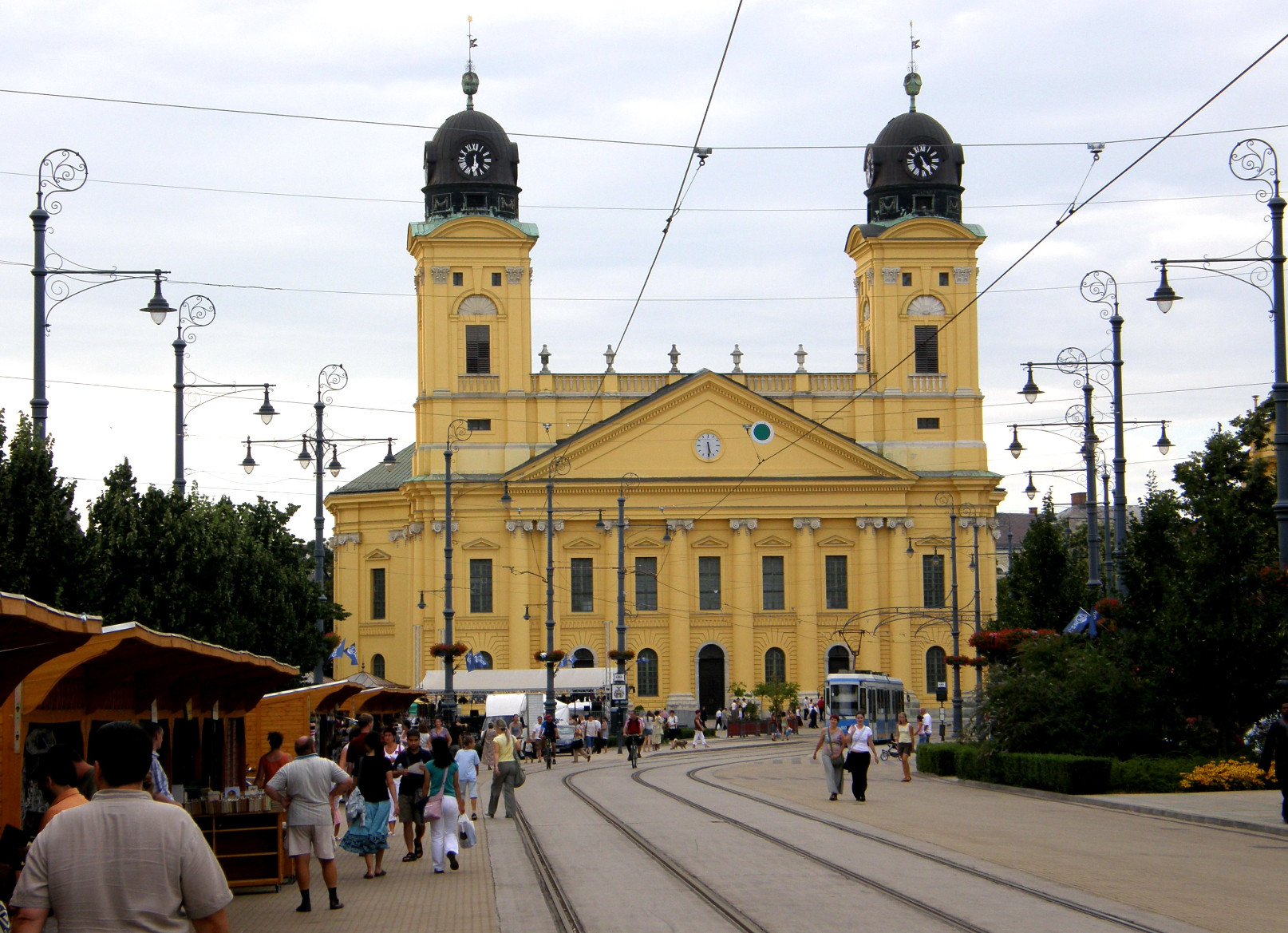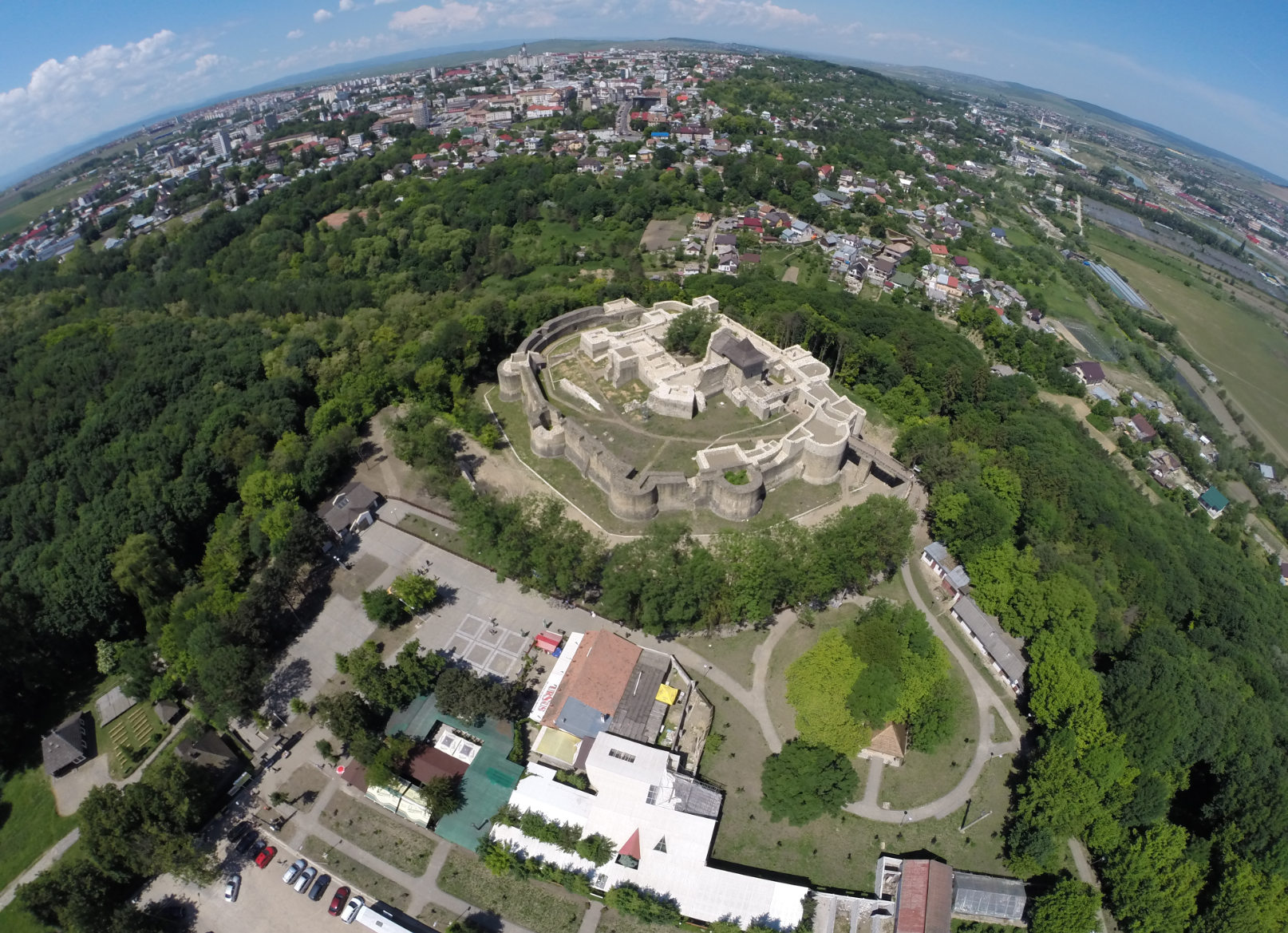

Credit: SuceavaNews, CC BY-SA 4.0 https://creativecommons.org/licenses/by-sa/4.0, via Wikimedia Commons
Located in the Eastern Carpathian Mountains, the Romanian municipality of Suceava has nearly 120,000 inhabitants (Statistics Suceava County, 2023). The city is situated within Suceava county (part of the Nord-Est development region) which is characterized by hilly areas and the meadows of the Suceava River valley. The city’s economy has undergone restructuring in the past decades, marked by a decline of industrial activities and a shift toward trade and services (Climate City Contract Suceava, 2023). Suceava is also a touristic destination, notably due to the cultural and ecological landmarks in the surrounding Bucovina region and Carpathian mountains (Urbact City Profile, 2020).
Suceava and the wider Nord-Est region are increasingly exposed to climate change risks: Rising temperatures, floods along the Prut and Siret rivers, and high drought risks in the plains (World Bank, 2024). The city itself is concerned with more frequent heatwaves and summer droughts, which pose problems to the city’s water supply. The wider region’s dependence on agriculture and wood-related industries further increases its vulnerability to climate extreme events and water scarcity (RIS4DANU Final Report, 2023).
Although Suceava does not yet have a dedicated climate change adaptation strategy, it has initiated some measures as part of its efforts to become a net zero city and through the implementation of its Sustainable Energy and Climate Action Plan (SECAP). These primarily mitigation-oriented initiatives also include elements of adaptation, such as the development of a green corridor and large-scale tree-planting projects to reduce urban heat stress (Climate City Contract Suceava).
Several challenges remain, including the lack of involvement of the private sector in adaptation planning and implementation. Climate vulnerabilities in Romania’s Nord-Est region, the country’s least developed area, are compounded by socioeconomic challenges. In this context, climate extremes that decrease economic activities and damage infrastructure affect an already vulnerable population. However, there is potential to strengthen resilience, as targeted investments and improved access to public services and institutional support could enhance the population’s capacity to adapt, particularly for the more than one-third of residents currently at risk of poverty or social exclusion (EEA Briefing, 2022; EU economy country report Romania, 2023).
TiCCA4Danu applies a “city-region” approach to promote collaborative transformative innovation for climate change adaptation across Suceava and the Nord-Est region. Given its geographical position, the initiative also aims for cross-border cooperation with the Odessa Regional State Administration in Ukraine.